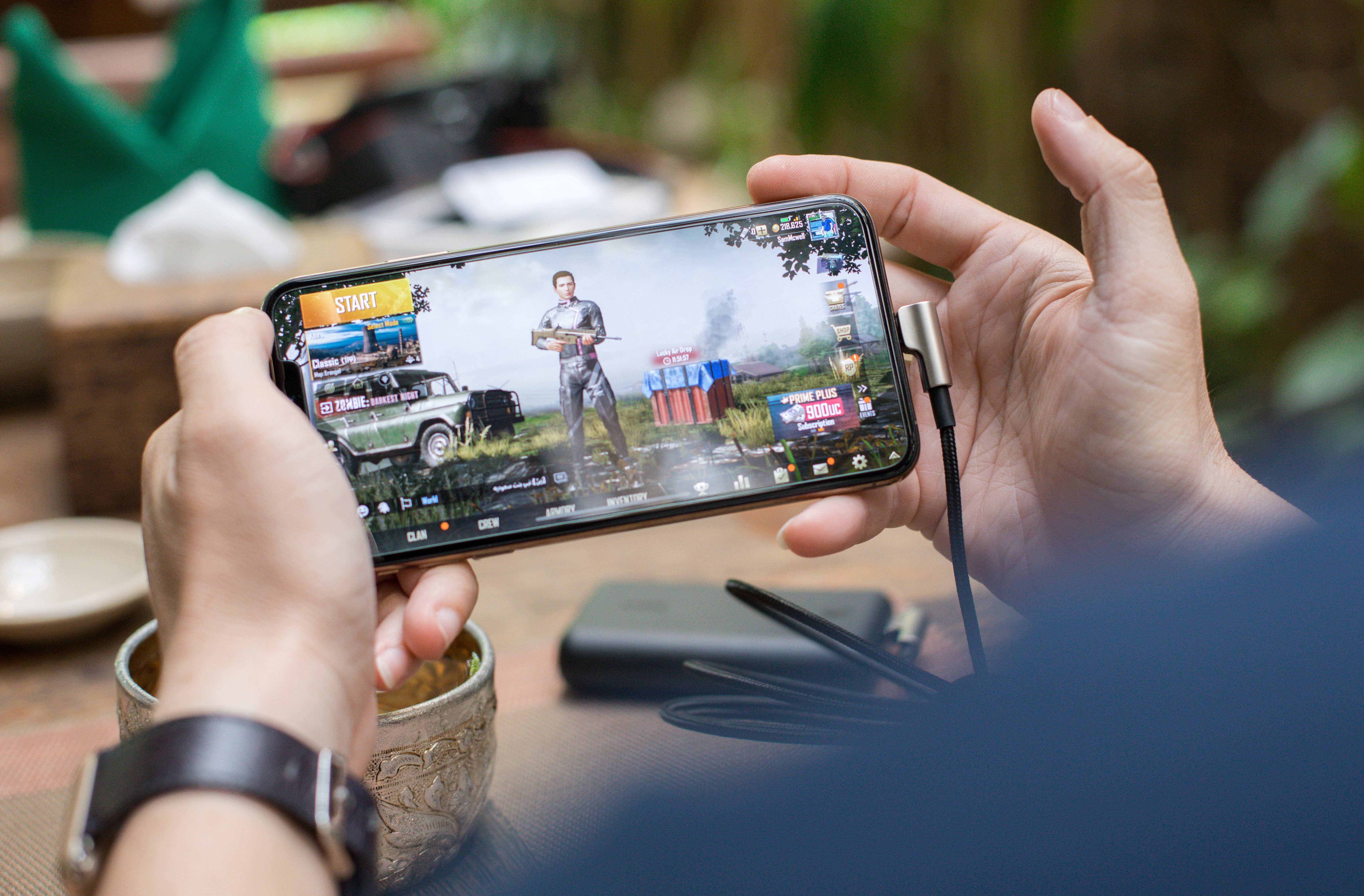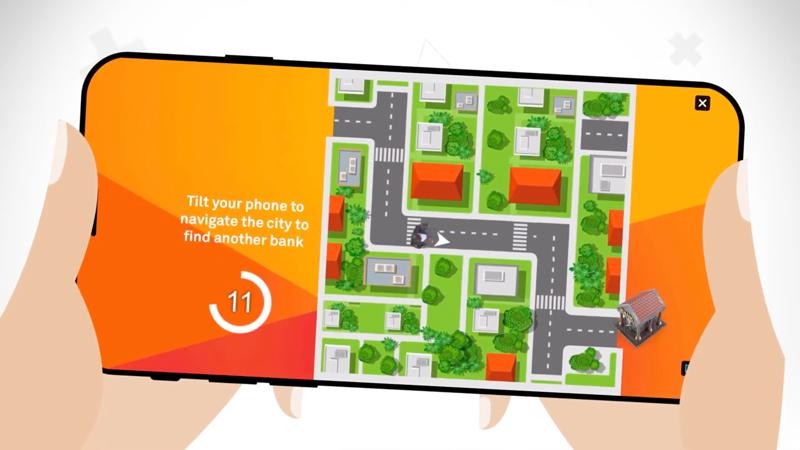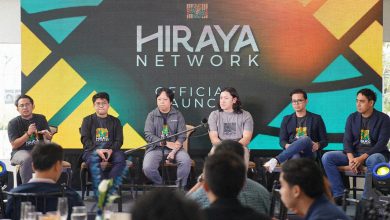MANILA, PHILIPPINES — Gaming has been an oasis of creativity and limitless adventure; birthing a community that has grown exponentially over the last few years. Today, it continues to innovate rapidly—not only in terms of storytelling or its immersiveness, but also through its integration with media and advertising; giving brands a golden opportunity to interact in more inventive ways with their audiences.
One company that’s paving this way for brands is AdColony, one of the largest mobile advertising platforms around the globe, with a reach of more than 1.5 billion users worldwide. Known for its third-party verified viewability rates, rich media formats, global performance advertising business and programmatic marketplace, and extensive SDK footprint in the Top 1000 apps worldwide, they are passionate about helping brands connect with consumers at scale on the most important screen in their lives.
 adobo magazine sat down with Paula Abjelina, Country Manager, Philippines & Thailand, to discuss the current state of the gaming industry and insights on how brands can connect with their customers through in-game advertising.
adobo magazine sat down with Paula Abjelina, Country Manager, Philippines & Thailand, to discuss the current state of the gaming industry and insights on how brands can connect with their customers through in-game advertising.
The current landscape of the gaming community in Asia
AdColony has been in the market for more than five years. According to Paula, gaming has always been the “next thing” to explode—that has not changed. What has changed, she said, is the speed at which it has accelerated in growth.

Due to the pandemic, people have been staying at home and outdoor activities have evolved into digital activities. In Asia, there is a 47% increase in users who partake in mobile gaming multiple times a day; whereas in the Philippines, the number has increased up to 45%.
Today, gaming has integrated itself in such a way that it has become some sort of subculture. Gaming has continuously evolved as a source of entertainment; fusing with music, sport, and even education.
Challenging the stereotypes in the gaming community
The stereotypes usually associated with a “gamer” is someone, particularly a male individual, who prefers to be alone, or someone whose personality other people may consider peculiar, or even antisocial. But as the community expands and diversifies over time, these notions are gradually disappearing.
Paula states that AdColony has always considered gaming to be a gender-less space. “The reality is that no activity should be gendered. We have been encouraging brands, regardless of whether they are targeted for women, for men, or for other genders, to consider gaming (as a platform).”
According to her, gaming should not be seen as a traditionally masculine activity, but rather as an activity that can also be enjoyed by everyone regardless of its genre. As gaming affords a lot of freedom; it can show one a whole universe where everything can be accessible so long as one has the device for it.

A huge contributing factor to the growth of the gaming community is mobile. In the Philippines, 90% of users prefer to play games on their phone. “There’s a reason why Mobile Legends and PUBG are the most-played games in the universe; it’s so accessible. And there’s no screen that’s better for you than the one that’s always with you. A nomadic screen actually makes freedom very palpable for all genders.” Paula says.
Inclusivity in the gaming community
When it comes to steps brands can take to help promote inclusivity in the gaming community, Paula shares two things: “First, brands must pay attention to the fact that the medium in itself allows for so much creativity.”
Unlike social media, TV, or out-of-home ads (OOH), where the process of conveying the message is pretty linear, with gaming and gamification, brands can interact directly with the user with an activity that can catch their interests.

One of the perks of mobile gaming Paula mentioned is that it is an activity that gets the user fully immersed, unlike the experience of watching TV. “And that kind of stickiness is, I would say, unparalleled. With gaming, instead of complete rest and a complete delight to actually do for you. And brands should remember that it allows for a whole new universe of interactivity.”
The second thing is that brands should recognize that the messages that they put out should also be genderless. “Obviously, there will be brands that are more leaning towards women, but there are ways to communicate things wherein we can be more inclusive to all. There’s more opportunity for brands to recognize that their traditional male messaging, visuals, branding, even, can actually open up a whole new universe to women.” Paula adds.

In the last year, AdColony has seen an exponential increase in gaming execution from food brands, as well as the finance industry. “They’ve come to recognize that certain messages can be gamified and will be succinctly explored within that 30-second or 15-second spot where you can do an activity within that game.” Paula comments. “I can see that more brands and more industries are paying attention—auto is paying attention because obviously there’s no visiting a show right now, so they go virtual. It’s an extension of what you can actually do in real life. And you’re creating a space for it in a universe where everything seems to mimic real life. I’m really optimistic that more industries will follow suit. We’re seeing maybe a 57% increase from other industries as well.” Paula adds.
The impact of in-game advertising
Paula mentions that gaming provides interactivity, hence the experience of being in-game is enriched by all of these brands, contributing to the conversation in the game. “I would also say that the brands already present in-game have actually, without so much as hard selling the idea of it being in genderless space, has already claimed through action. Because they will see that there are characters in games that are also quite powerful, regardless of gender. It’s a space where you can flex things you cannot flex in the real world. And it’s, I would say, a good reflection of what society can be, if we only just really took out the prejudices.”
Paula also adds that beyond gaming, the spaces that gaming takes up—such as esports or live streaming, one can see that more women are participating. “That sort of thing would never have happened ten years ago, when gaming was perceived to be a manly thing. It’s no longer a manly thing—it’s just basically a human thing, and everybody likes to have fun, everybody likes to play with it, it’s a free universe. Let’s hope it continues to be that way, and that encourages more women to get into activities that they might perceive as just for men, previously. On a personal note, it’s nice to know that more brands and more women in the brand space are coming to recognize that and they will fight for it.”
Brand messages as barrier breakers
“There’s nothing that male gamers can do in a game that a female gamer cannot do.” Paula says. “And we only say that, because, again, we’ve been battling this stereotype for years. And they’ve seen that once a female-oriented brand begins conversing with gamers in the universe of an app, we begin to see the engagement is actually pretty rich, in that it’s very sticky.”
According to Paula, data has always suggested that the space has always been genderless. “It probably was skewed towards men previously, due lack of access or lack of awareness. But now that everybody has come to understand that, again, gaming is free for everybody. It’s now their time to actually do something about it, they’re missing out and show them what they’re missing out on. We show them how hair brands have communicated and have engaged about 38% of the market. We’ve seen beauty brands gamify the act of putting on makeup, for example, in one space through gamified execution. And these are all lost on them because of the notion that they refused to unlearn. So a lot of the unlearning really has to come from advertisers, believing publishers like us when we tell them that this medium is perfect for your target.”









